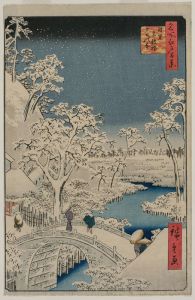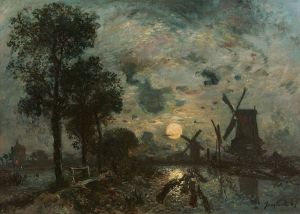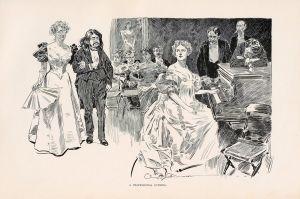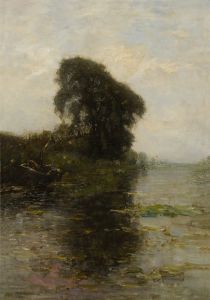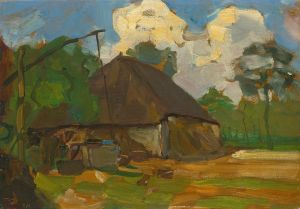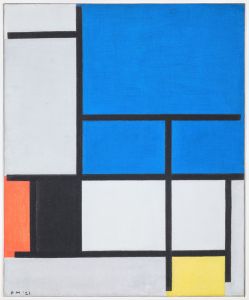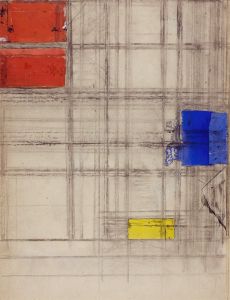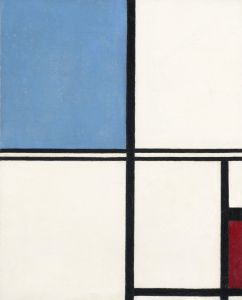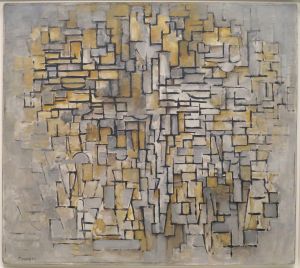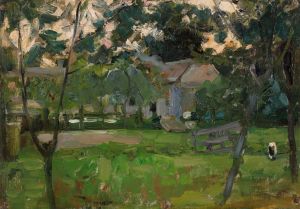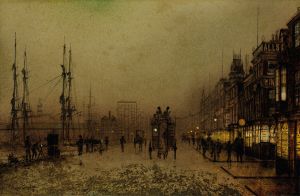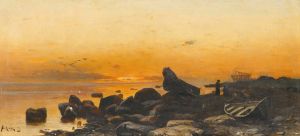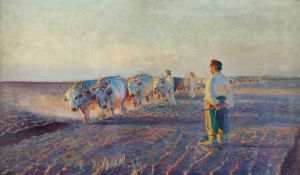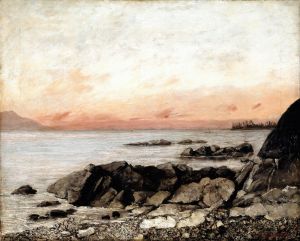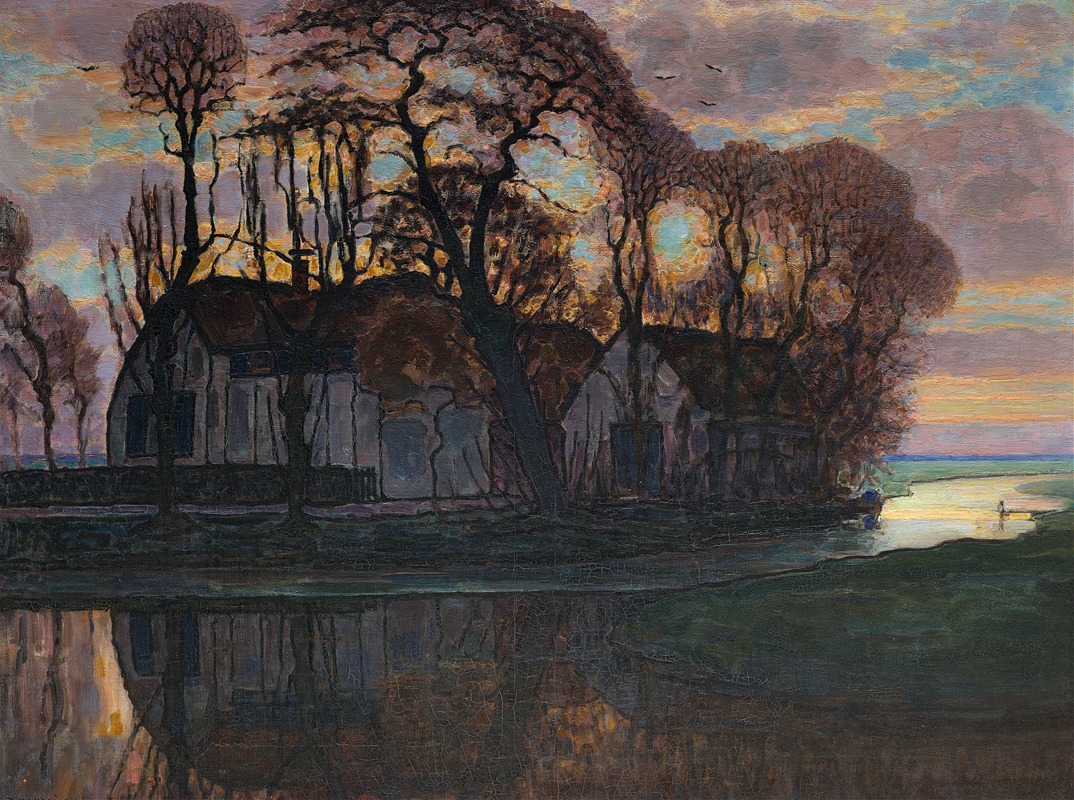
Farm Near Duivendrecht, in the Evening
A hand-painted replica of Piet Mondrian’s masterpiece Farm Near Duivendrecht, in the Evening, meticulously crafted by professional artists to capture the true essence of the original. Each piece is created with museum-quality canvas and rare mineral pigments, carefully painted by experienced artists with delicate brushstrokes and rich, layered colors to perfectly recreate the texture of the original artwork. Unlike machine-printed reproductions, this hand-painted version brings the painting to life, infused with the artist’s emotions and skill in every stroke. Whether for personal collection or home decoration, it instantly elevates the artistic atmosphere of any space.
Farm Near Duivendrecht, in the Evening is an oil painting created by Dutch artist Piet Mondrian in 1916. This work is part of Mondrian's transitional period, during which he moved away from representational art and began to develop the abstract style for which he is best known. The painting depicts a rural scene near the village of Duivendrecht, located in the Netherlands, and is characterized by its subdued color palette and geometric composition.
The artwork portrays a farmhouse surrounded by trees and fields, rendered in a simplified and stylized manner. Mondrian employs muted tones of blues, greens, and browns, which evoke a sense of calm and harmony. The composition is carefully structured, with horizontal and vertical lines creating a sense of balance and order. This approach reflects Mondrian's growing interest in abstraction and his exploration of the underlying structures of nature.
During this period, Mondrian was influenced by the Dutch landscape and the Theosophical movement, which emphasized spirituality and the search for universal truths. These influences are evident in Farm Near Duivendrecht, in the Evening, as the painting combines a naturalistic subject with an emerging abstraction that seeks to convey a deeper, more universal essence of the scene.
This work is significant within Mondrian's oeuvre because it bridges his early representational landscapes and his later, fully abstract compositions. Shortly after this period, Mondrian became a leading figure in the De Stijl movement, co-founding the art and design journal De Stijl in 1917. The movement emphasized geometric abstraction, primary colors, and a focus on harmony and order, principles that Mondrian would fully embrace in his later works.
Farm Near Duivendrecht, in the Evening is housed in the Kunstmuseum Den Haag (formerly Gemeentemuseum) in The Hague, Netherlands. The museum holds an extensive collection of Mondrian's works, providing insight into his artistic evolution. This painting remains an important example of Mondrian's transitional phase, illustrating his journey from traditional landscape painting to the development of his iconic abstract style.





